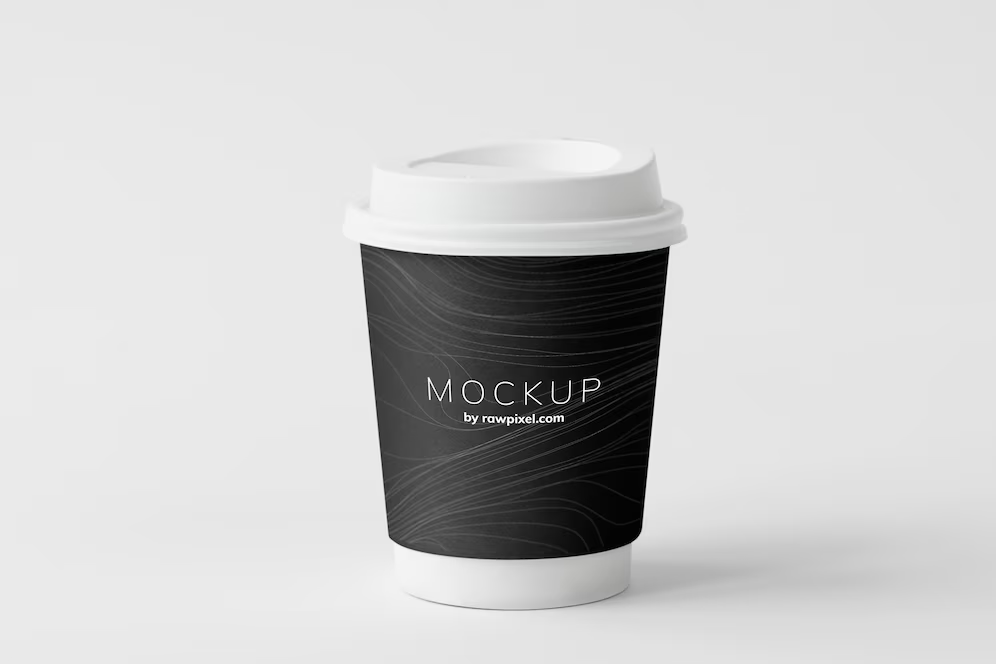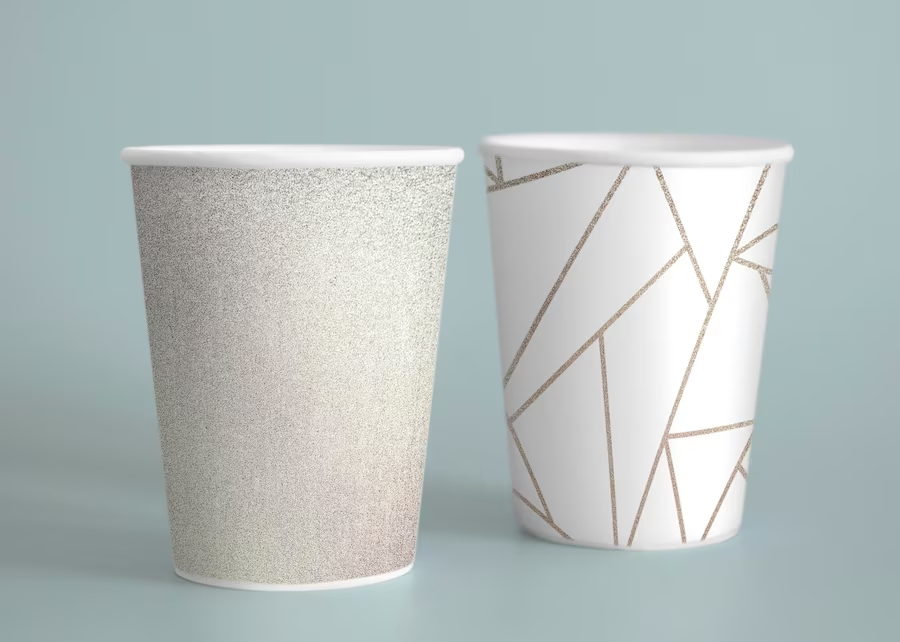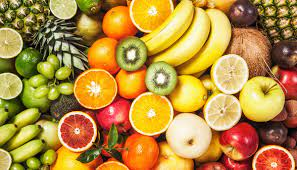If you think that paper cups are a good alternative to avoid the toxic chemicals present in plastic cups, then you are wrong. Because even a paper cup of coffee (with a paper lid) can harm living organisms when found in nature. Therefore, we should avoid using both plastic and paper cups and use cups made from alternative materials.

Researchers at Gothenburg University in Sweden have found that chemicals in disposable cups harm the development of mosquito larvae. Bethany Carney Almroth, a professor of environmental science at the university, said that we left paper cups and plastic cups in water for a few weeks and observed how the leached chemicals affected the larvae. All mugs had a negative impact on the development of mosquito larvae.
Paper used in food packaging materials needs to be treated with a surface coating. This plastic protects the paper from the coffee in your hands. Nowadays, plastic film is often made of polylactide (PLA), a type of bioplastic. Bioplastics are produced from renewable resources (PLA is usually produced from maize, cassava or sugarcane) rather than from fossil fuels, as is the case with 99 percent of plastics on the market.

How different is PLA from plastic?
According to a study published in the Journal of Environmental Pollution, PLA is often considered biodegradable, meaning it can break down faster than oil-based plastics under the right conditions, but it can still be toxic. Bioplastics do not break down effectively when they reach the environment or water.
(PC: Freepik)










